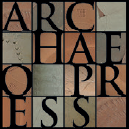
Publishing Scholarly Archaeology since 1997
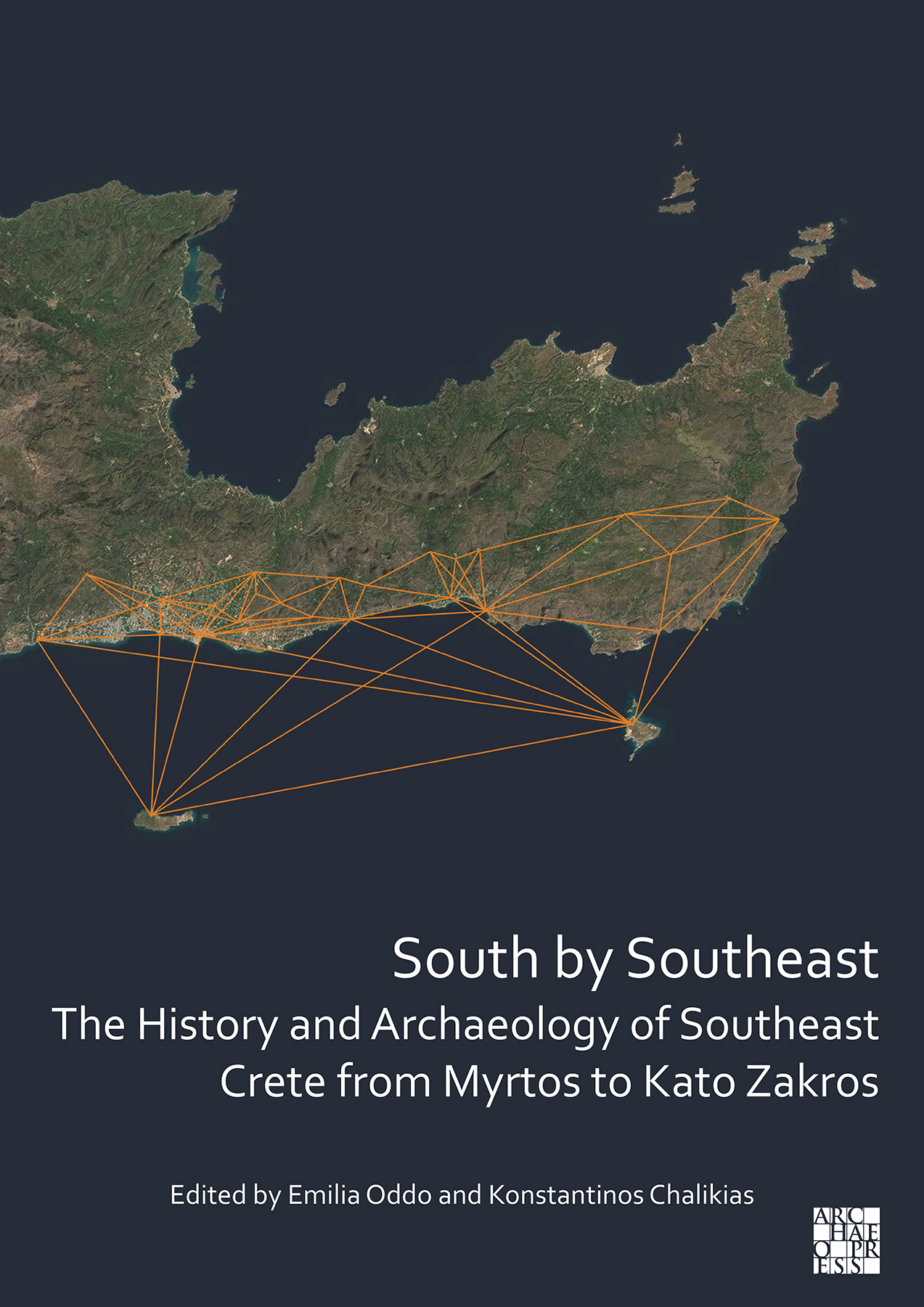
Download Sample PDF
H 290 x W 205 mm
160 pages
72 figures (colour and black & white)
Published Sep 2022
ISBN
Paperback: 9781803271309
Digital: 9781803271316
Keywords
Crete; Minoan; Ancient Greece; Regionalism; Neopalatial; Protopalatial; Final Palatial; Postpalatial; Archaic; Classical; Hellenistic; Roman; Ceramics; Petrography; Settlement patterns; Marine networks; Landscape
Related titles
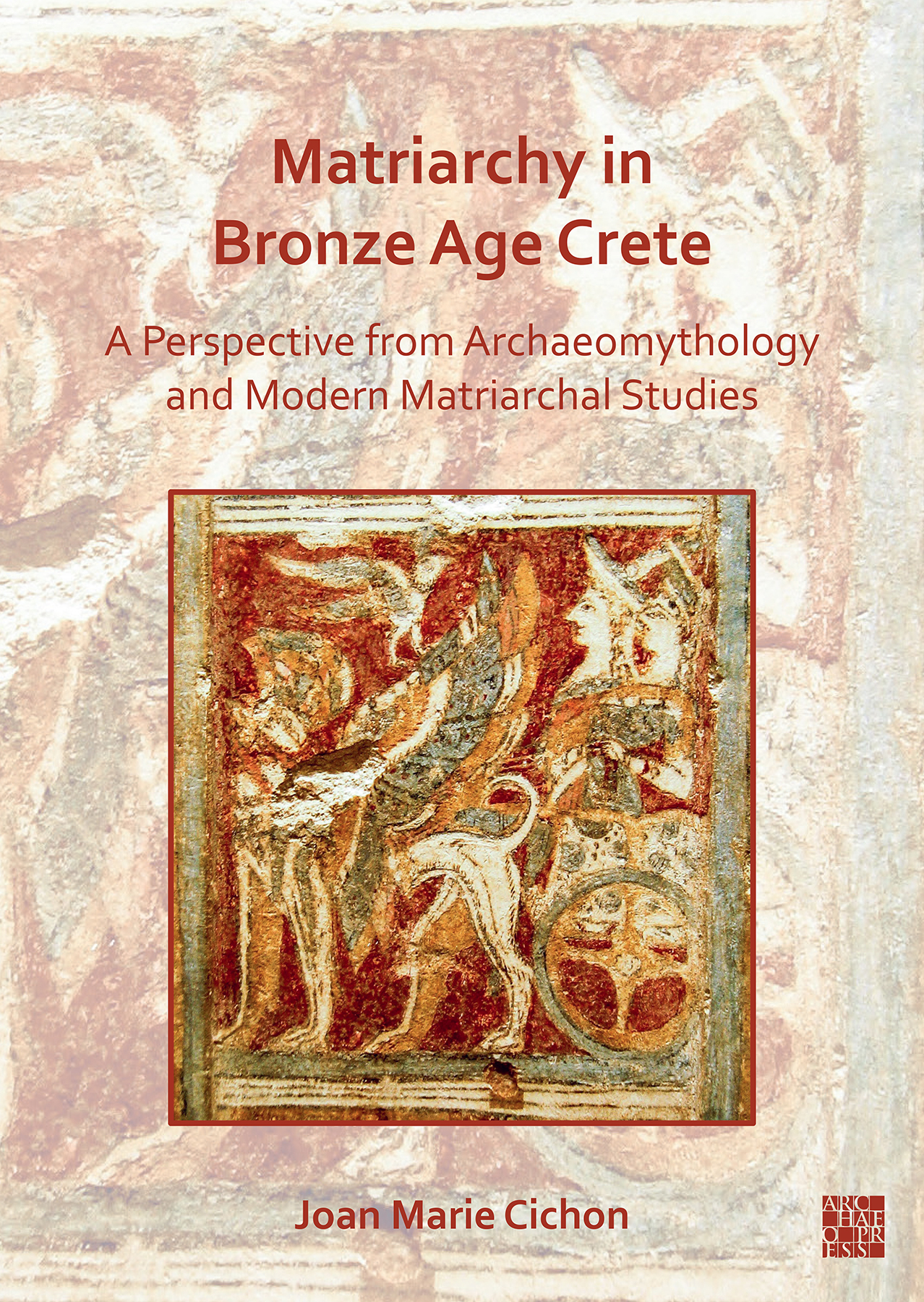
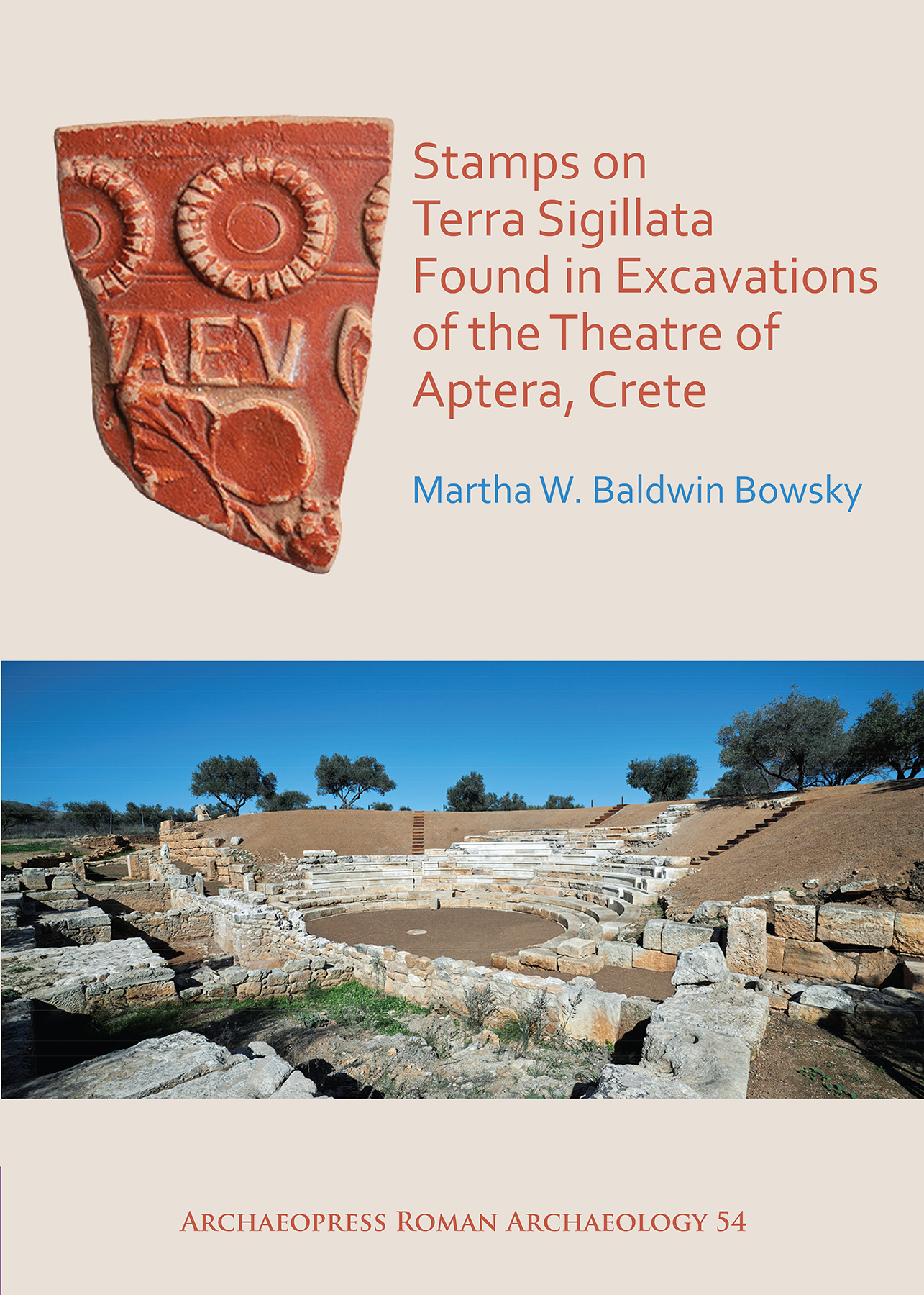


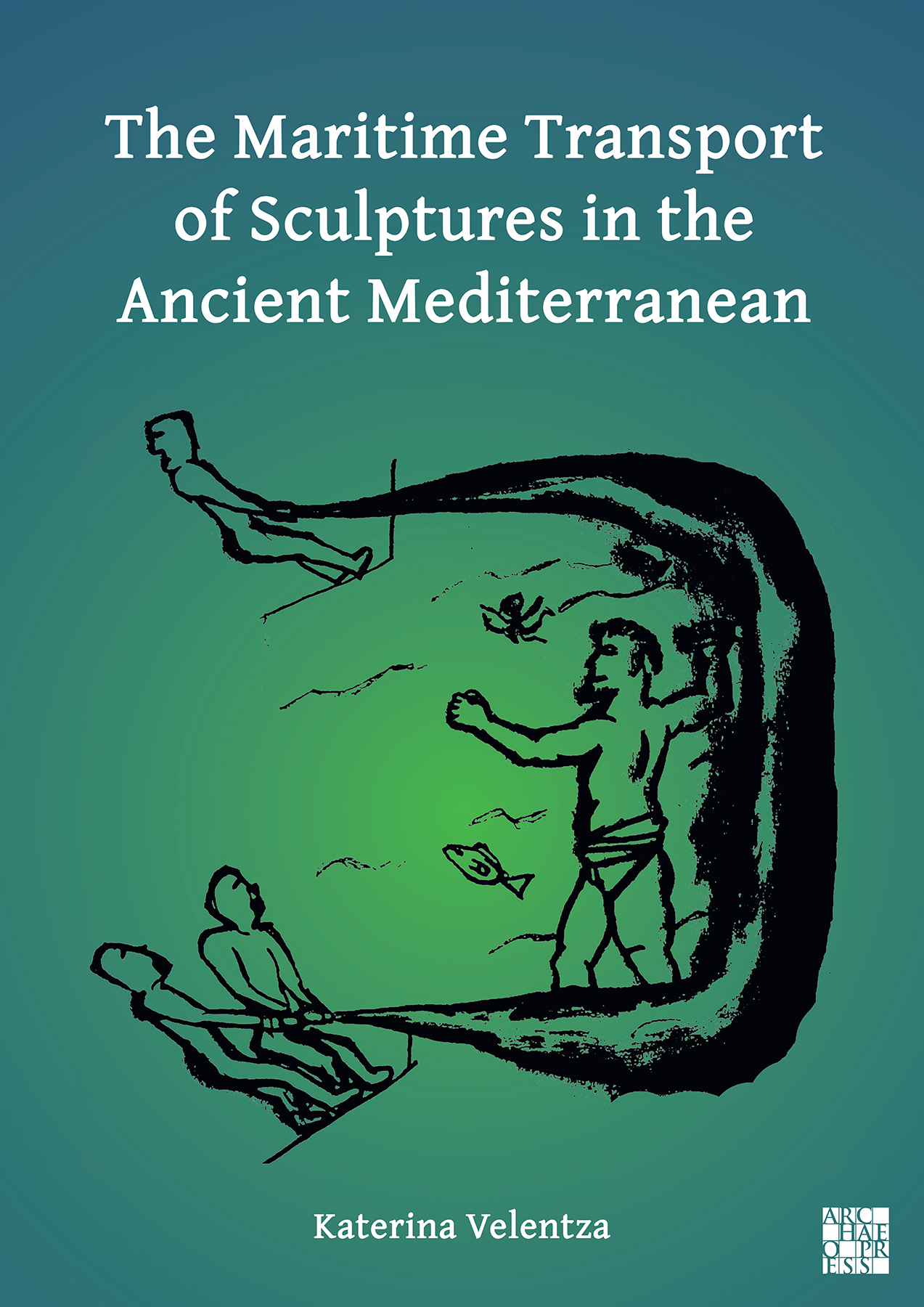
South by Southeast: The History and Archaeology of Southeast Crete from Myrtos to Kato Zakros
Edited by Emilia Oddo, Konstantinos Chalikias
Contributions investigate the settlement patterns, maritime connectivity, and material culture of the southeast of Crete in a diachronic fashion, in an attempt to define it as a region and trace its history. Papers focus primarily on the archaeology of the sites along the coastal strip spanning between the Myrtos Valley and Kato Zakros.
Contents
Preface and Acknowledgements – Emilia Oddo and Konstantinos Chalikias ;
Introduction – Metaxia Tsipopoulou ;
Chapter 1 – Southeast Crete Before the Bronze Age – Lily Bonga ;
Chapter 2 – Living on the Edge: Habitation on the Uplands of East Crete – Preliminary Results from
an Extensive Survey – Tina Kalantzopoulou ;
Chapter 3 – Simulating Prehistoric Settlement in the Ierapetra Region: Extrapolations from the
Northern Isthmus – Christine Spencer and Todd Whitelaw ;
Chapter 4 – From Coastscapes to Small Worlds: The Changing Face of Maritime Interaction in
Southeast Crete – Carl Knappett ;
Chapter 5 – The Kato Zakros Valley in the Kaleidoscope of History – Lefteris Platon ;
Chapter 6 – Choiromandres: Periods of Use and Character of the Occupation. An Overview – Leonidas Vokotopoulos ;
Chapter 7 – ‘Εδώ στο Νότο’: South Coast Fabrics and Patterns of Pottery Production in
South-Southeast Crete – Eleni Nodarou ;
Chapter 8 – Conceptualizing Southeastern Crete in the Archaic Through Hellenistic Periods – Brice Erickson ;
Chapter 9 – Γυναικεία κεφαλή από την Ιεράπυτνα (The Discovery of a Roman, Marble Female Head from Ancient Hierapytna) – Chrysa Sofianou ;
Chapter 10 – Southeast Crete Goes International: Hierapytna in the Late Hellenistic and Early
Roman Periods – Scott Gallimore ;
Chapter 11 – The Role of the Sea for the Southeastern Coast of Crete as Seen through the
Archaeological Evidence, From the Early Minoan to the Roman Period – Tatiana Fragkopoulou ;
Conclusion – Navigating a World of Mountains, Coasts and Islands. Diachronic Evidence for a
Connected Southeast Crete – Emilia Oddo and Konstantinos Chalikias ;
Conference Program
About the Author
Emilia Oddo is Assistant Professor of Archaeology at Tulane University (New Orleans, USA). Her interests are centred on the archaeology of Crete in the Bronze Age, especially the Late Bronze Age (Neopalatial period, ca. 1700–1470 BCE). She is a specialist in ceramics analysis. Much of her research to date has focused on the ways in which pottery style is manipulated to convey the identities of different geographical areas of Crete as well as different socio-political groups.Konstantinos Chalikias received his PhD from Ruprecht-Karls University in Heidelberg, Germany. His research interests include the study of diachronic settlement patterns on Crete, the exploitation of Cretan island and mountain landscapes during the Bronze Age, and the use of technologies such as time-lapse photography and remote sensing in understanding long-term changes in the transformation of cultural landscapes.
Reviews
'In sum, this is a stimulating book, a delight to read, and well-illustrated, and leaves us with a series of puzzles and important questions for the future.' – Luca Girella (2023): Bryn Mawr Classical Review
'Alongside their 2019 volume, the editors and authors have made a valuable contribution to the study of a neglected area of Crete.' – Dominic Pollard (2023): Journal of Eastern Mediterranean Archaeology and Heritage Studies (Issue 11.4).

 Add to wishlist
Add to wishlist